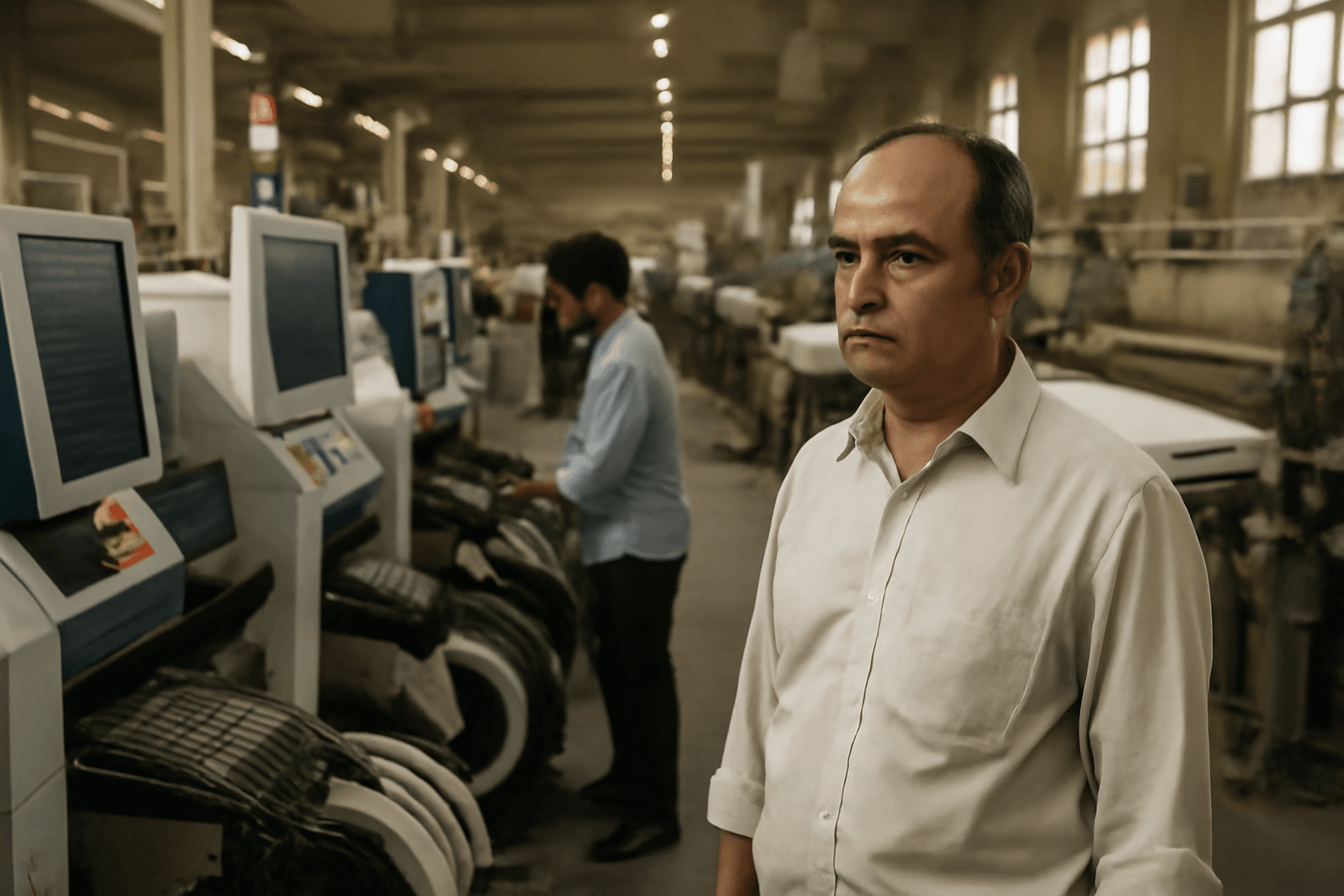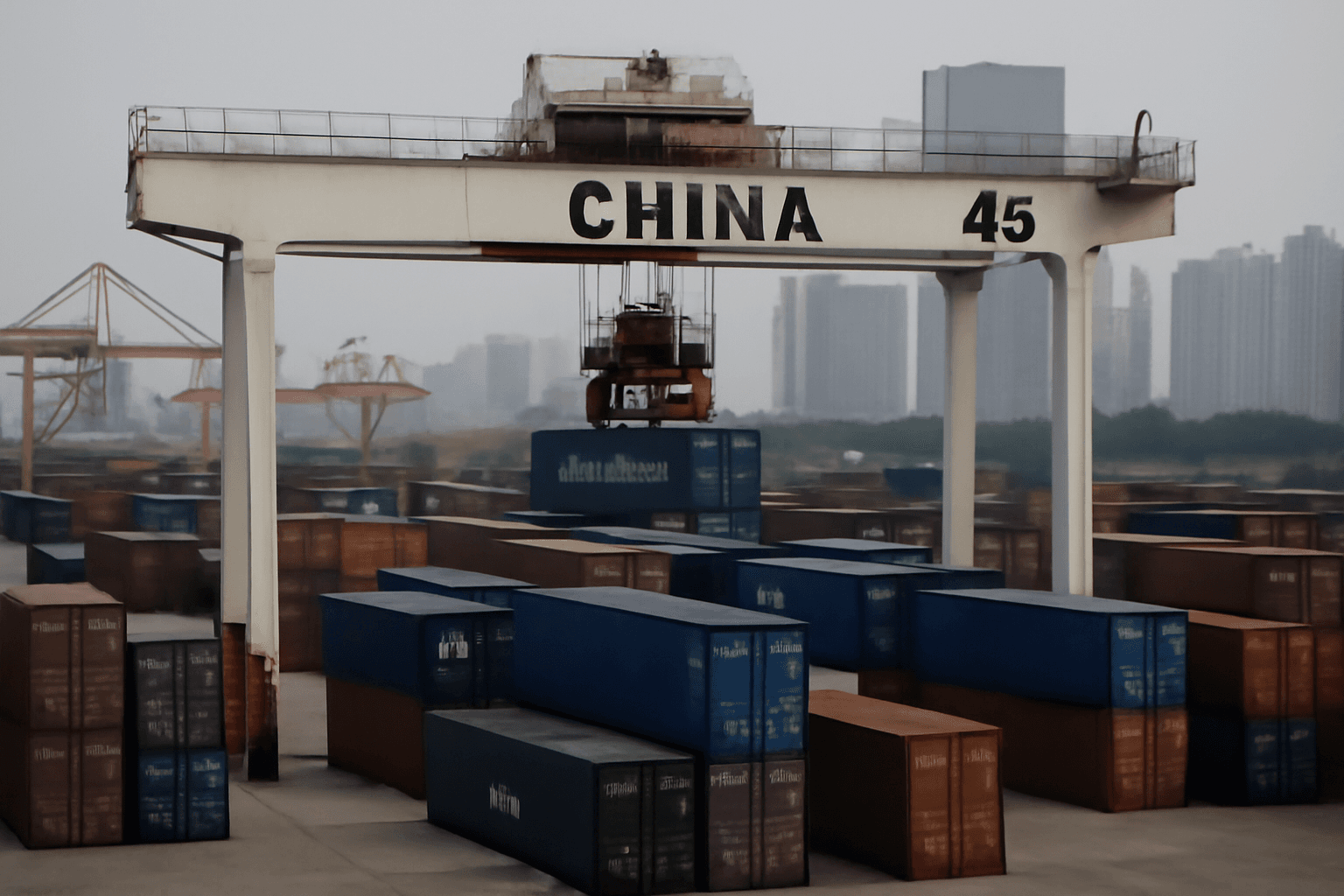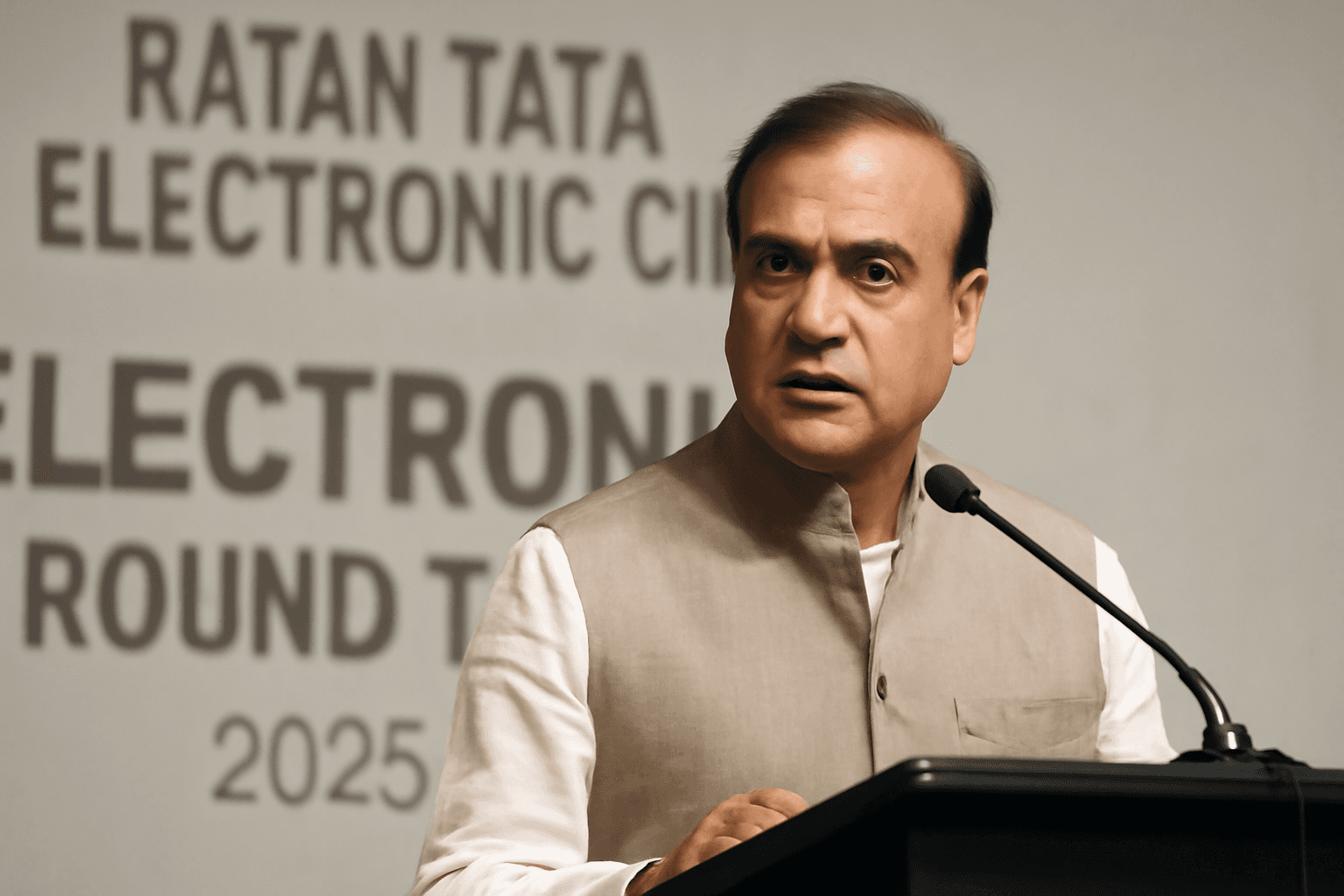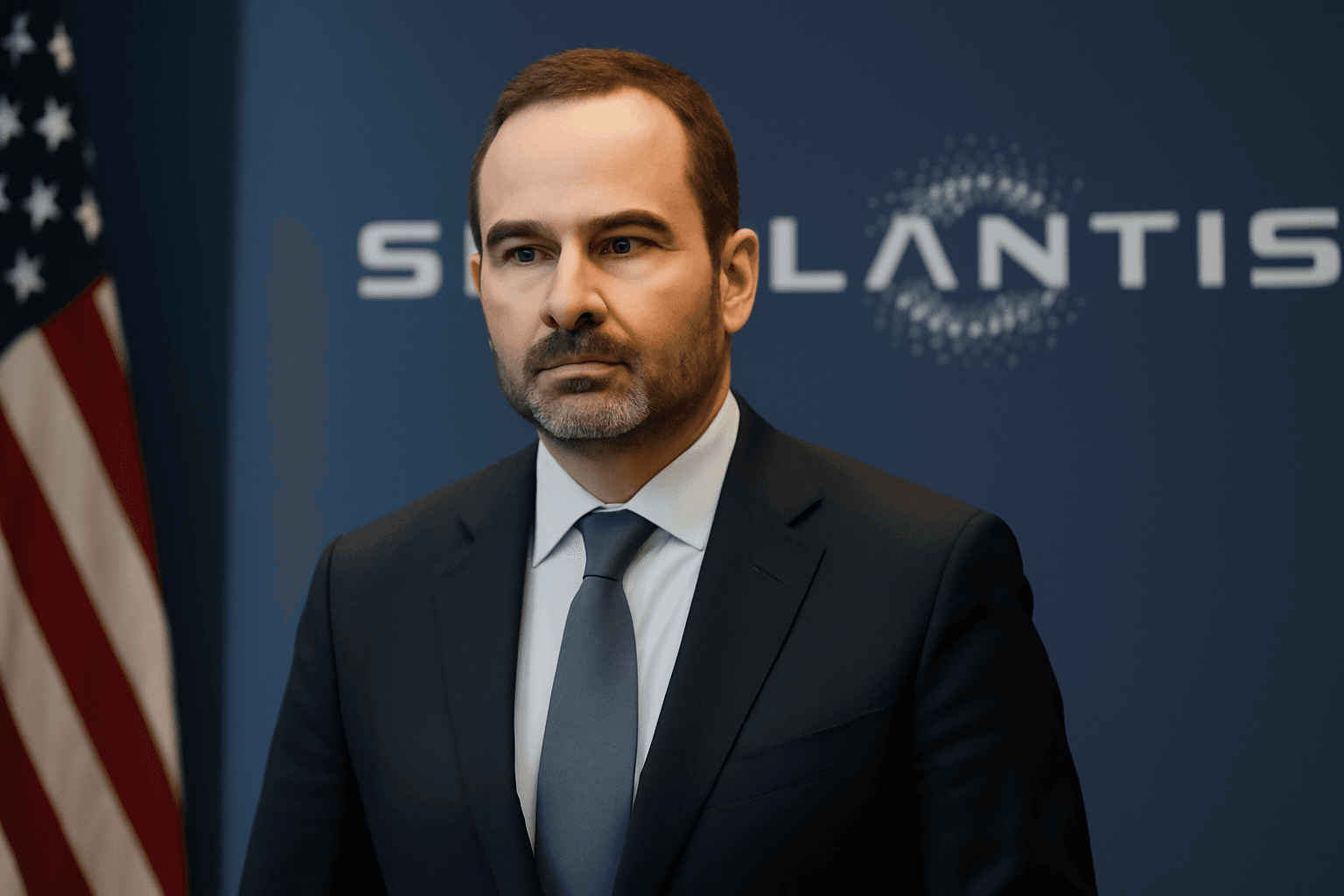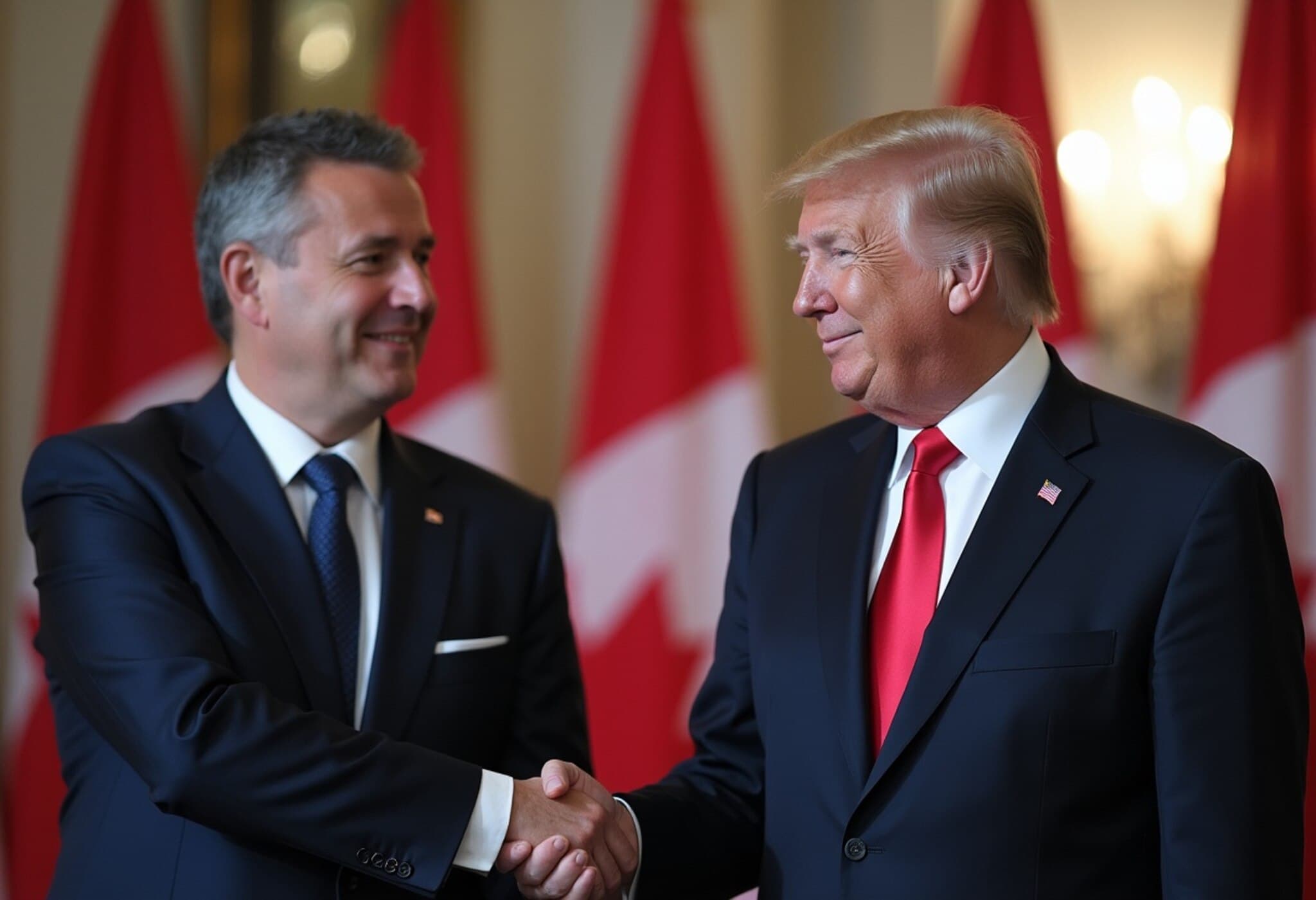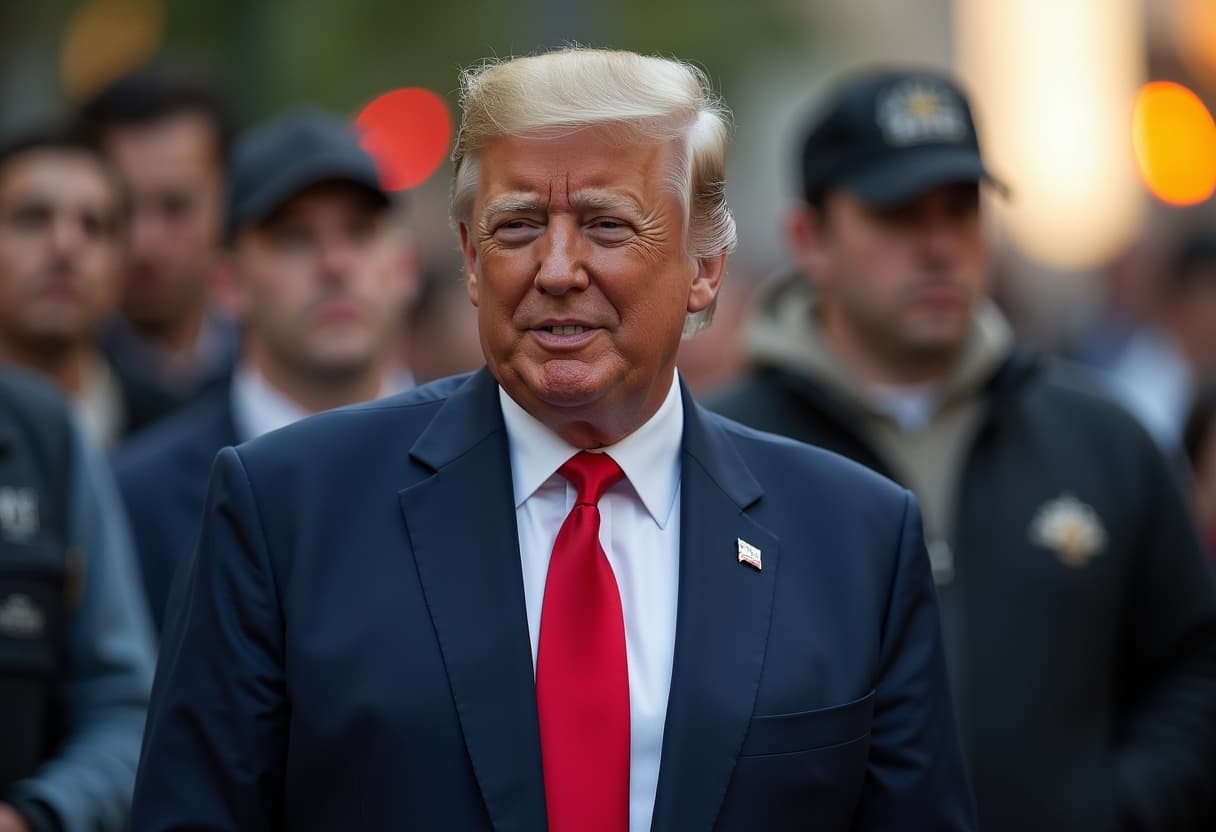Stellantis Moves Production to U.S., Leaving Ontario Workers in Limbo
In a striking development that underscores the impact of U.S. trade policies on North American manufacturing, Stellantis, one of the world’s largest automakers, has announced it will abandon plans to restart production at its factory in Brampton, Ontario, and instead relocate vehicle assembly to the United States. This decision, part of a sweeping $13 billion investment over four years, is viewed as a direct response to tariffs imposed by former President Donald Trump on Canadian-made vehicles, igniting concerns among Canadian leaders and workers about the future of auto manufacturing in Canada.
Production Pivot: From Brampton to Illinois
Originally, Stellantis planned to revive Jeep Compass production in Brampton, where approximately 3,000 workers were laid off in 2023 amid factory closures and retooling. Now, the automaker will shift manufacturing to a dormant Illinois plant, promising to create about 5,000 new jobs stateside. CEO Antonio Filosa described the move as stemming from "very productive talks with the Trump administration," touting the investment as Stellantis’s largest ever in the U.S. market, marking a century-long milestone for the company.
Tariffs as a Double-Edged Sword
President Trump’s 25% tariffs on Canadian auto imports were designed to incentivize American manufacturing and revive domestic jobs. During a May meeting with Canadian Prime Minister Mark Carney, Trump emphasized, “We don’t really want cars from Canada,” signaling clear policy priorities favoring the U.S. Despite ambitions to reinforce American manufacturing, these tariffs have inadvertently struck hard at Canada’s auto sector, which is deeply integrated with the U.S. through supply chains crossing borders multiple times during vehicle assembly.
Canada's Economic Challenge
Unlike some trade partners, Canada has been unable to secure exemptions or renegotiate tariff terms with the Trump administration, leaving the country vulnerable. Prime Minister Carney labeled Stellantis’s move a "direct consequence of current U.S. tariffs" and highlighted Canada’s strategy to mitigate damage, including a 5 billion Canadian dollar ($3.6 billion) emergency fund aimed at cushioning export-dependent industries. This financial support, however, has yet to fully offset the blow to workers and communities reliant on the auto sector.
Wider Industry Ripples
The tariff reverberations are not isolated to Stellantis. Honda announced plans to halt production of its CR-V SUV in Alliston, Ontario, while deferring electric vehicle and battery plant projects. General Motors has shuttered electric delivery vehicle production in Ingersoll and recently cut shifts at its Oshawa plant, both signaling declining confidence in Canadian manufacturing stability amid trade tensions.
- Unifor union president Lana Payne criticized the trend bluntly: "Canadian auto jobs are being sacrificed on the Trump altar."
- Ontario Premier Doug Ford, a vocal defender of local industry, lamented Stellantis’s deviation from commitments made to Brampton workers and disclosed that provincial government funds allocated for plant upgrades remain unused.
- Flavio Volpe, head of the Automotive Parts Manufacturers’ Association, urged a firm Canadian response to hold Stellantis accountable rather than accepting the company’s actions as capitulation to U.S. pressure.
Broader Context and Future Considerations
This episode reveals several critical questions about the future of North American trade and manufacturing:
- How can Canada navigate restrictive U.S. trade policies without compromising its industrial base?
- What role do integrated supply chains and cross-border labor markets play amidst rising protectionism?
- Can coordinated bilateral negotiations restore stability and predictability to the North American auto industry?
For workers in Brampton and beyond, the stakes are high. The promise of reopening factories and preserving livelihoods has given way to uncertainty and calls for stronger governmental advocacy and strategic planning.
Editor’s Note
The Stellantis decision is a vivid illustration of how trade policies ripple beyond tariffs into the very fabric of communities dependent on manufacturing jobs. While U.S. intentions focus on domestic revitalization, the broader context involves complex supply chains, multinational corporate strategies, and regional economic interdependence. As policymakers weigh future tariffs, exemptions, and trade agreements, the challenge remains: how to craft policies that support workers and industries on both sides of the border without sparking economic collateral damage? The unfolding situation invites renewed dialogue on balancing national interests with global commerce realities.
By integrating expert industry perspectives with the ongoing political and economic developments, this article aims to provide a comprehensive, human-centered understanding of a story that impacts millions of workers and shapes North American economic landscapes.



